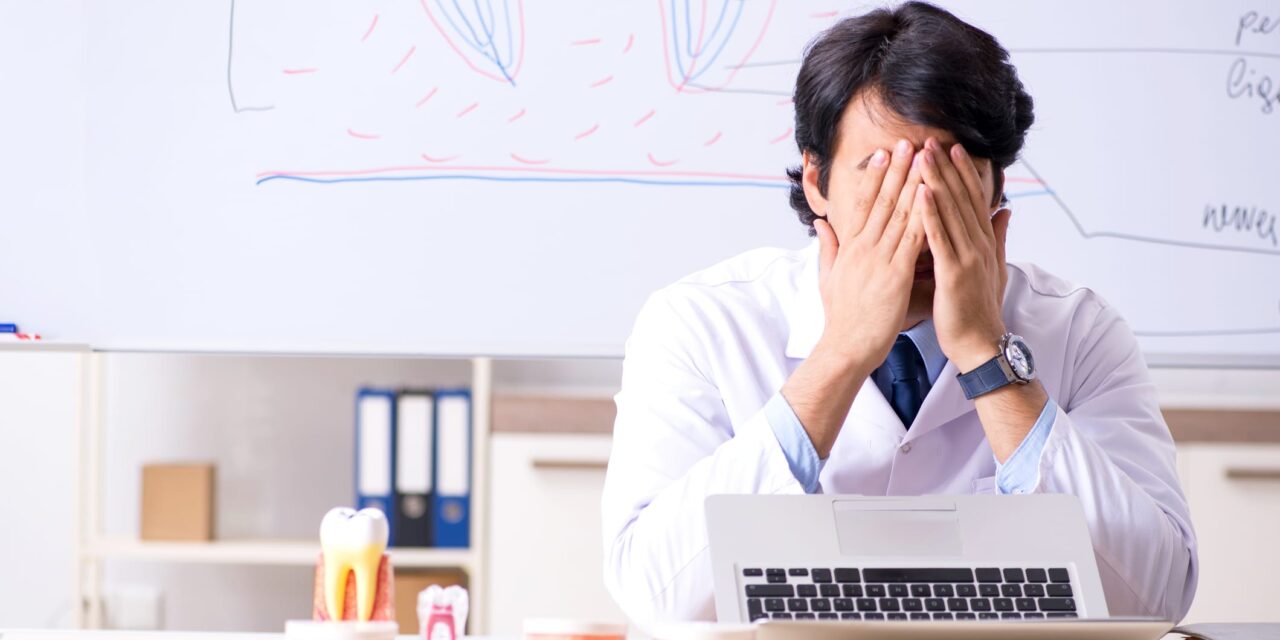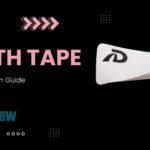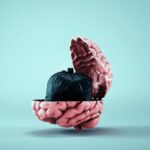By Sree Roy
Teledentistry can increase access for patients with obstructive sleep apnea, but the American Academy of Dental Sleep Medicine (AADSM) recently updated dental sleep medicine standards to clarify that specific steps should only be done in person, not remotely.
According to the AADSM update, at least these oral appliance workflow steps should be in person:
- a comprehensive dental sleep medicine exam,
- digital or analog impressions,
- and construction bite registration.
These standards are “based on extensive clinical experience and professional expertise,” according to the paper in the Journal of Dental Sleep Medicine.
The paper comes after the launches of direct-to-physician and direct-to-consumer oral appliance marketers that conduct their entire workflows remotely.
“While advancements in teledentistry have made it easier than ever for patients to connect with care providers, the accuracy and customization required for oral appliance therapy still demands a hands-on approach at critical stages,” says Kevin Postol, DDS, AADSM president. “Taking impressions and the construction bite record in person allows a Qualified Dentist to make sure the patient will receive a custom oral appliance that is precisely fit to their oral structures, ensure the correct jaw positioning, and make real-time adjustments that simply cannot be replicated virtually. These steps directly impact the effectiveness of the appliance and the patient’s comfort, safety, and long-term adherence to treatment. Our goal is to support access and convenience while reinforcing clinical excellence—and in-person evaluations for impressions and bite registration are essential to that balance.”
Related:
ID 138577620 © Elnur | Dreamstime.com








